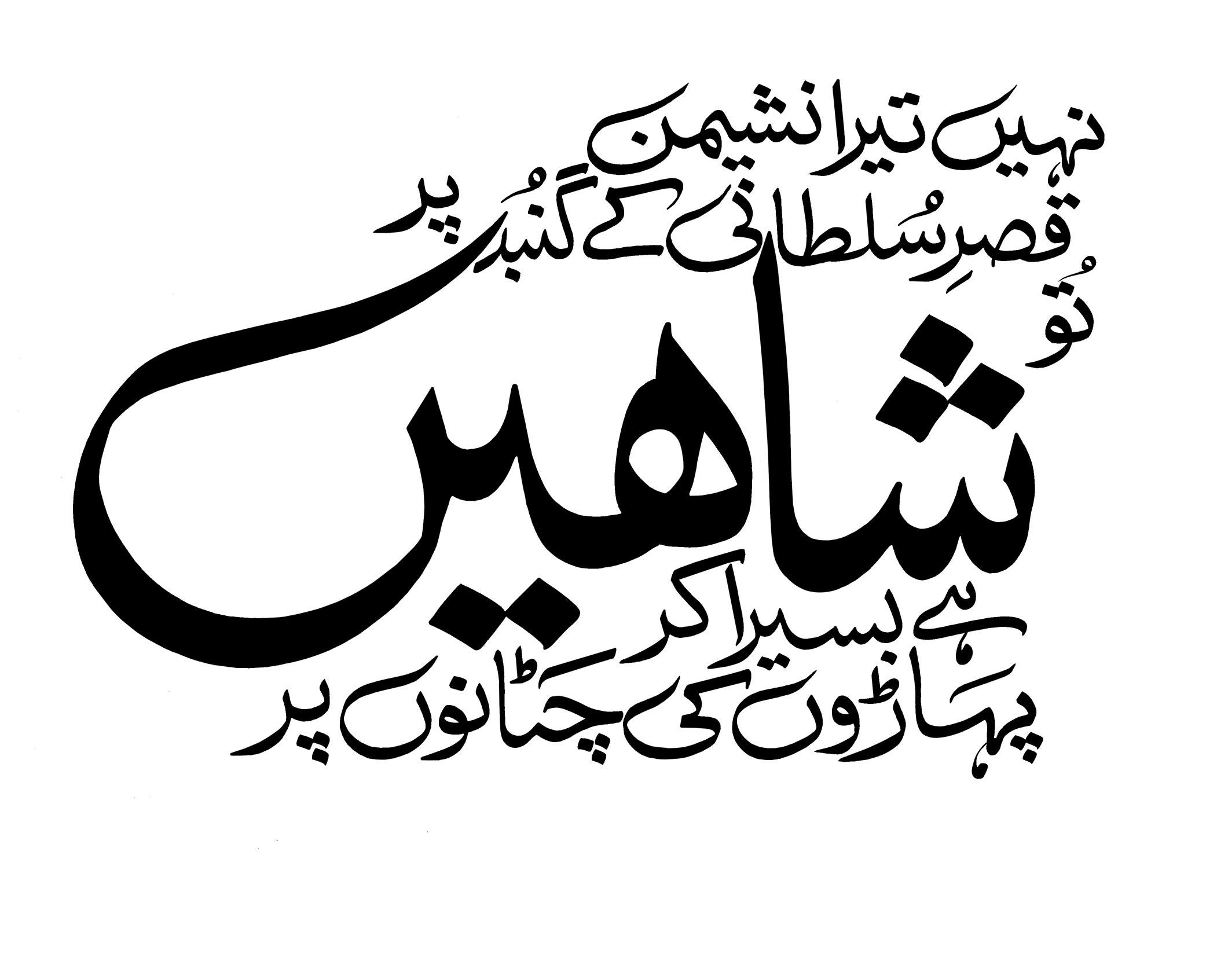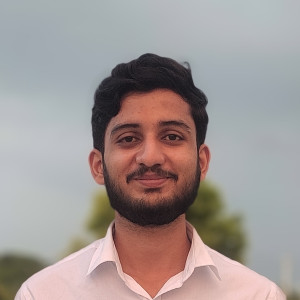There are an estimated 70 million native speakers of the Urdu language worldwide. The language is spoken in numerous nations. It is most well-known for being Pakistan's native tongue. Nonetheless, Urdu is widely utilized by populations worldwide and is recognized as an official language in India. Furthermore, about 160 million individuals studying Urdu as a second language are able to comprehend words in Urdu.
There are 230 million Urdu speakers in the world when these second-language users are taken into account. According to population, this places Urdu as the tenth most spoken language in the world. It's true that roughly 3% of people on the planet speak Urdu! Urdu is a member of the Indo-Aryan language family, a subset of the Indo-European language family.
The expressive possibilities of Indian languages are among their most amazing features. Every language has a deep cultural legacy and history. This pertains to a wealth of literature as well as language. Languages cease to be just dialogues or discussions as a result. Rather, they turn into a tool for idea and thought creation. One such Indian language is Urdu, which possesses elegance and grace in addition to sweetness in conversation and greetings.

Origin and Evolution of Urdu
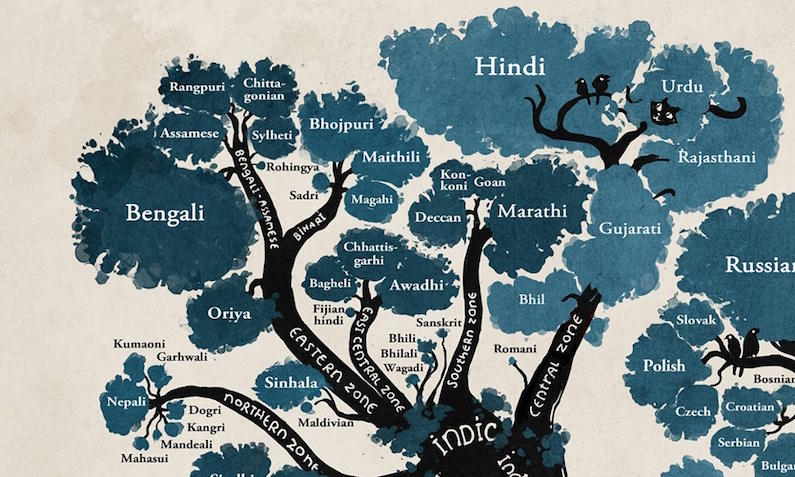
Some linguists believe that Urdu originated in the 6th century. As Turkish and Persian invasions started in the eleventh century, it continued to grow. On the origins of Urdu, however, different specialists have different opinions. Some people think it came from the Western Indian dialect known as Brij bhasha. Some people think that the language originated from Hariani, which was widely spoken when the Delhi Sultanate was in power. As a result, the first forms of Urdu were called Khariboli or Old Hindi, among other native languages.
Discover the fascinating story of Indian English.
Many Persian terms found their way into Old Hindi as a result of the blending of Muslim and Hindu cultures. Even while the language was still referred to be Hindi or Hindustani from the 13th to the 18th centuries, it was actually a synthesis of Persian and Hindi influences. Many academics therefore assume that the language, also known as Dehlavi, originated in the districts surrounding Delhi, where local dialects and Persian influences overlapped.
Persian was designated as the official language of the Delhi Sultanate, and this practice persisted throughout the Mughal Empire. Poet and well-known scholar Amir Khusrau wrote in Hindavi around the 13th century. The language was the spoken and written language of the area, but Zaban-e-Urdu was not officially adopted until the 18th century, towards the conclusion of Aurangzeb's reign. The word "ordu," which means "language of the camp" or "army" in Turkish, is the source of the word "Urdu." It is thought that Ghulam Hamadani Mushafi used the name Urdu for the first time in 1780.
Urdu in Southern India
A language known as Dakhini flourished in Southern India, particularly in Golkonda and Bijapur. It was also influenced by Marathi and Telugu. Dakhini's origins date back to the 15th century, and the Muslim lords who ruled over the southern regions were also responsible for its creation. The language and literature were written by Muslims, and unlike in northern India, there was less impact from the native way of life. The Qutub Shahi dynasty was the one that supported Dakhini the most. Numerous other monarchs also wrote and composed in Dakhini, including Muhammad Quli Qutub Shah, who was a poet in his own right. But after Aurangzeb's conquest, the language dwindled, and Urdu surpassed it.
Urdu in the British Period
During British colonial authority, the Urdu was promoted under the name Hindustani. This language was used by the upper class for official and administrative writing and speaking. Nonetheless, Hindus employed the Devanagari alphabet for sacred writings, and Muslims adopted the Persian Arabic script for their own spiritual and literary writings. The advancement of the language was further aided by the Bhakti and Sufi groups. Each communicated and clarified their beliefs and spirituality to the general public by using the other's vernacular. While the Bhakti saints utilized Sanskrit preferences to teach the villagers, the Sufi saints began using Hindavi, infusing it with Persian terms.
English and Urdu were designated as the subcontinent's co-official languages in 1837. Prominent Urdu poets like Mirza Ghalib and Allama Iqbal composed memorable poetry during the colonial era. To draw Muslim students to their governmental institutions, the British also began teaching Urdu. In the meantime, the Arya Samaj demanded that the language be written in its original Devanagari alphabet and objected to the use of the Perso-Arabic script. Gradually, the fluency with which the language had previously existed started to diminish.
Get acquainted with the sweetest language in India, that is, Bengali.
The differences between Muslims and Hindus, who identify with "Urdu" written in Perso-Arabic script and "Hindi" written in Devanagari script, were increasingly apparent. Partition was the pinnacle of difference culmination. In addition to being an Eigth Schedule language in India, Urdu was made the official language of Pakistan.
Interested in learning more about Hindi? Find online Hindi classes on Superprof!
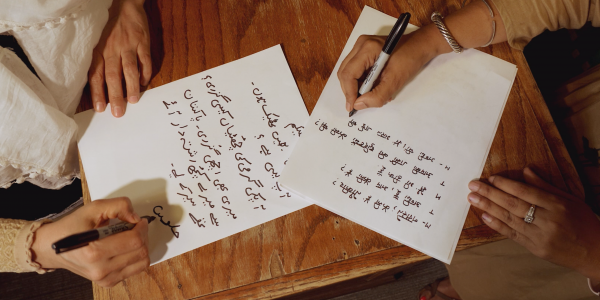
Urdu Writing System and Alphabets
A modified form of the Persian script in the Nasta'liq style is used to write Urdu. Urdu words are written from right to left since the Persian script is inherited from Arabic. Short vowels are likewise removed, much like in its Arabic parent. Alternatively, the script exclusively employs long vowels and consonants, the precise number of which is debatable—39 or 40, depending on who you ask!
Because Urdu is an Indo-European language, there isn't much usage of Arabic-style script. Vowel absence makes learning Urdu more difficult since Indo-European languages have richer vowel pronunciations than Arabic languages. In a print-based environment, calligraphic characters were likewise restricted. Even after the Urdu typewriter was invented in 1911, Pakistani media continued to publish handwritten reporting in Urdu.
It is thought by scholars that the Pakistani language was first written in the 13th century using the Urdu alphabet. It was first created in Iran and introduced to the Indian subcontinent. Pakistan and several Indian states currently use it as the official Urdu script. Pakistanis who have emigrated to the UK, UAE, US, Canada, Saudi Arabia, and many other nations use it as well.
Urdu Alphabets
| Urdu Alphabet | English Sound | Pronunciation Example |
|---|---|---|
| ا | a | as in "apple" |
| ب | b | as in "book" |
| پ | p | as in "pool" |
| ت | t | as in "time" |
| ٹ | ṭ | as in "Togo" |
| ث | th | as in "think" |
| ج | j | as in "joy" |
| چ | ch | as in "charm" |
| ح | h | as in "hot" |
| خ | kh | as in "Buch" |
| د | d | as in "dove" |
| ڈ | ḍ | as in "drink" |
| ذ | dh | as in "that" |
| ر | r | as in "rice" |
| ڑ | ṛ | as in "rabbit" |
| ز | z | as in "zoo" |
| ژ | zh | as in "pleasure" |
| س | s | as in "small" |
| ش | sh | as in "shrine" |
| ص | ṣ | as in "salt" |
| ض | z̤ | as in "those" |
| ط | t | as in "tower" |
| ظ | ẓ | as in "this" |
| ع | ||
| غ | gh | |
| ف | f | as in "food" |
| ق | q | as in "queue" |
| ک | k | as in "kilo" |
| گ | g | as in "guest" |
| ل | l | as in "life" |
| م | m | as in "moon" |
| ن | n | as in "nice" |
| و | v, o, or ū | as in "wet, cool" |
| ہ, ﮩ, ﮨ | h | as in "house" |
| ھ | h | as in "house" |
| ء | as in "apple" | |
| ی | y, i | as in "year" |
| ے | ai or e | as in "way" |
Learn the history of the Telugu language.
Urdu Dialects
There are four recognized dialects of the Urdu language: Modern Vernacular Urdu, Dakhini, Dhakaiya, and Rekhta. In Tamil Nadu, Maharashtra, Karnataka, and Andhra Pradesh, people speak the Dakhini dialect. Although spoken in Bangladesh, Dkahaiya Urdu is becoming less common. Poetry written in Urdu is written in Rekha. Lastly, certain cities like Dehli speak Modern Vernacular Urdu.
The Urdu dialects mentioned above are all mutually understandable. Furthermore, because spoken Hindi and spoken Urdu belong to the same linguistic continuum, they can both be understood by the other. As a result, those who study Urdu can converse in Hindi and vice versa. This designates Hindi and Urdu (together called Hindustani) as the common tongue of Northern India, which helps to explain why so many Indians are studying Urdu as a second language.
However, Hindi and Urdu are regarded as separate languages. This is mainly because, in contrast to dialects that are usually spoken in more isolated areas, both languages are widely spoken. Moreover, because Urdu words are written in Nasta'liq, written versions of the two languages are incomprehensible to one another. Vocabulary differences are also evident; Hindi has a greater vocabulary derived from Sanskrit, whereas Pakistani has a greater vocabulary derived from Persian and Arabic.
Uncover another language steeped in heritage with a history of the Marathi language.
How to Learn Urdu
The process of learning Urdu is difficult and calls for commitment and persistence. It is essential to employ a variety of materials covering all language skills to get fluency.
Top Urdu Apps
Apps for language study are a popular, easy, and accessible method of learning Urdu. They come with a range of features and approaches that accommodate various learning modalities. Certain applications concentrate on particular language abilities, such as grammar, pronunciation, or vocabulary, while others offer full courses and classes. Some use gamification components in their lessons to increase student engagement. Urdu is a language that Pimsleur, Mondly, and Mango Languages can teach you well.
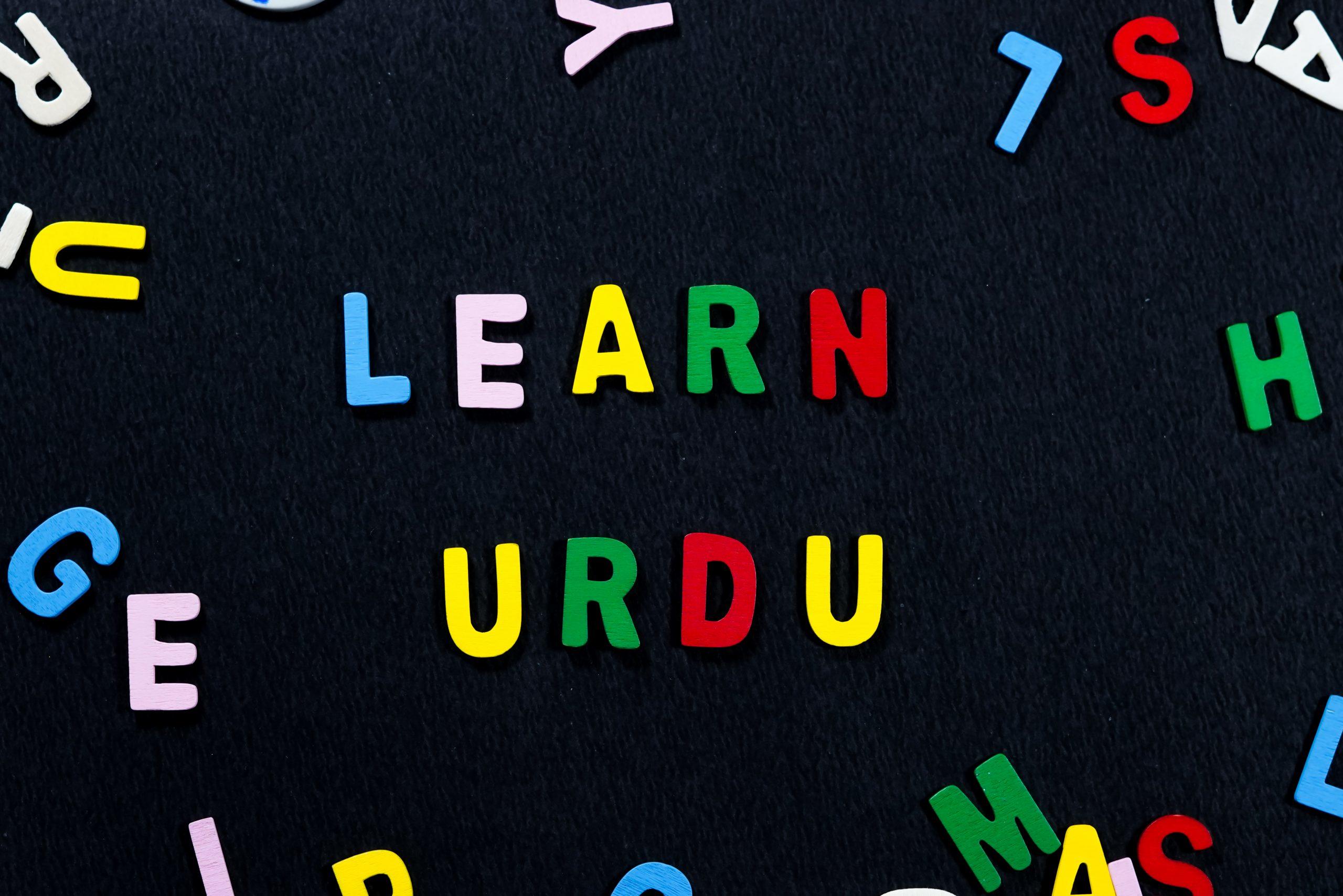
Online Course in Urdu
Because they are flexible and convenient, online courses rank among the greatest options for language learning. They give you planned lesson plans yet let you study at your own speed. Grammar, pronunciation, vocabulary, and culture are all available for study. Excellent Urdu language lessons are available on three platforms: Udemy, Class Central, and Aamozish.
Travel to South India to immerse yourself in the rich Tamil language and culture.
Online Tutor for Urdu
It's beneficial to find a tutor to teach you Urdu. Learning can be facilitated by the direction and comments provided by a tutor. Tutors can also assist you in improving your pronunciation of Urdu and offer cultural insights. Online language tutoring is available on numerous sites, but several are particularly noteworthy. Preply, Amazing Talker, and Italki are the top platforms for seeking tutors in Urdu. They provide secure payment choices, a large range of skilled tutors, and flexible scheduling possibilities.
Books in Urdu
One common study technique is using textbooks. They are an excellent source of reference material that doesn't require subscriptions or the usage of technology. In-depth grammatical explanations and practice exercises are typically included in books to aid with memory retention. Three excellent books for learning Urdu are Complete Urdu, Beginning Urdu, and Read and Write Urdu Script. They provide well-written lesson plans that are simple to follow along with excellent material. They also have a ton of great Amazon reviews.
Learn more about Hindi and find Hindi tutors near me easily on Superprof!

